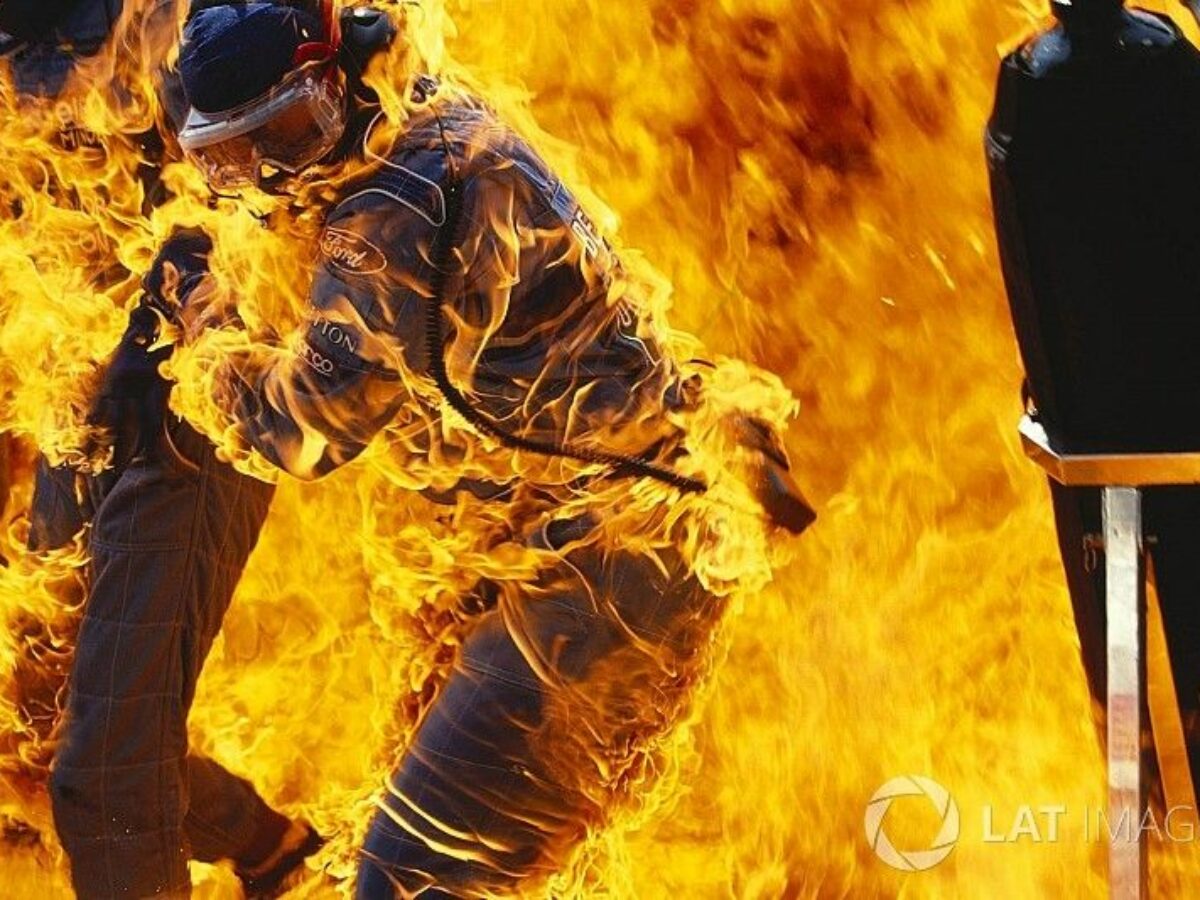Research shows usefulness of new class of materials in beating the heat

University of NSW and ANSTO scientists have characterised the structure of new materials, publishing work that could lead to advanced fire-retardant products.
A statement from ANSTO describes work understanding “a family of two-dimensional transition metal carbides, carbonites and nitrides” known as MXenes.
According to the American Ceramic Society, MXenes were discovered in 2011 by two teams of researchers at Drexel University in the United States.
The atomic and molecular properties of these had a big influence on their stability, properties and applications, the UNSW/ANSTO team found, using “neutron scattering and other advanced techniques” and publishing the results in Composites Part C.
According to the statement, the work used information from the Australian Centre for Neutron Scattering’s “Bilby” small-angle neutron scattering (SANS) instrument, which led to good insights into how structure affected electrical, thermoelectric, magnetic and other properties.
“Measurements revealed that MXene that is suspended in a colloidal solution consists of nanosheets of ultrathin multilayers with clear sharp edges,” said ANSTO.
“The material comprises nanolayers, which overlap each other and form clusters of micro-sized units that endow a level of protection.
“The nanolayers can be added on top of organic fire-retardant polymers. The total thickness of MXene was found to be 3 nm.
“The information was in alignment with observations made using scanning electron microscopy and transmission electron microscopy.”
A team led by Professor Guan Heng Yeoh, Director of the ARC Training Centre for Fire Retardant Materials and Safety Technologies at UNSW and Thermal-Hydraulic Specialist at ANSTO, is currently working to commercialise products useful in bushfire fighting, building protection and elsewhere.
Picture: au.motorsport.com
Subscribe to our free @AuManufacturing newsletter here.
Topics Manufacturing News
@aumanufacturing Sections
Analysis and Commentary Awards Defence Manufacturing News Podcast Technology Videos






